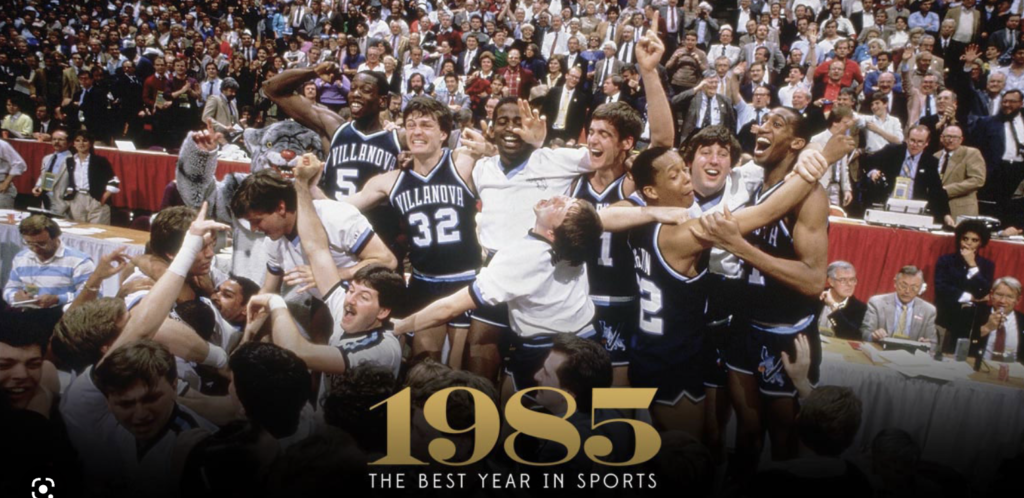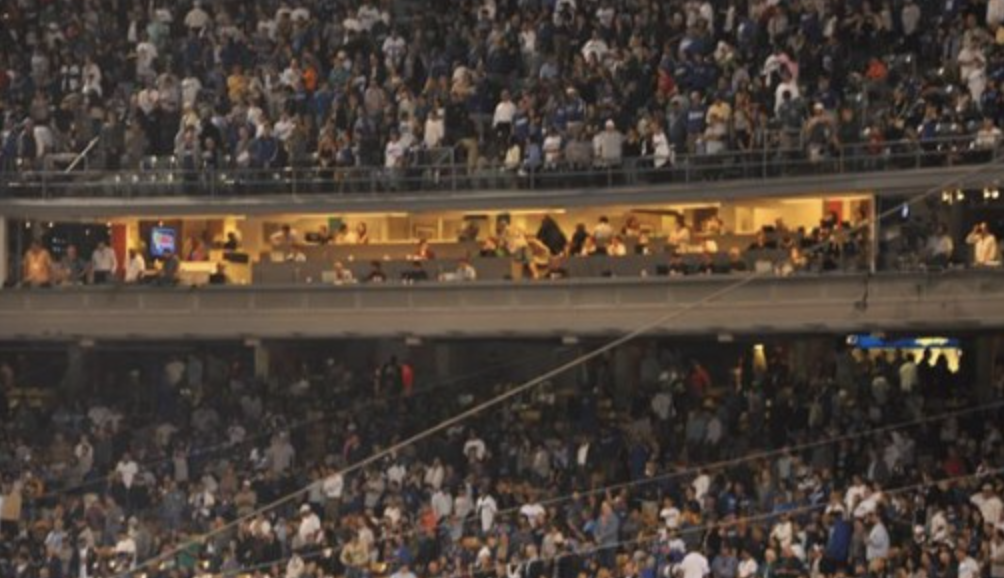I’m going to brag on myself a little bit here.
For the first 16 years of my career as a newspaperman, I covered sports. All different ones, but the three I covered the most were college basketball, pro football and baseball.
College basketball was the one I covered at the highest level. At two different papers for two years each, I had a beat where I not only covered home games but had the opportunity to travel and cover games all over the country. I covered two NCAA Final Fours, including the one at Rupp Arena in 1985 that featured a championship game many people consider the best ever.

In two different seasons, I was chosen to be one of 50 voters in the Associated Press college basketball weekly rankings. In 1987-88, it was wonderful to be a Colorado voter, but imagine my joy in 1990-91 at being one of two voters from California.
That’s not the brag.
When you’re a sportswriter, covering night games for morning papers, deadlines are crucially important. Your paper has to receive your story, edit it, write a headline and put it on the page so that the presses can start running on time. This isn’t as big a deal now as it used to be with so much of circulation online, but once was the time it meant everything.
The fact is, if you don’t get your story in on time, it doesn’t matter how good it is.
I would never presume to call myself the most talented sportswriter in the country, but I was well above average. Where I do believe I was as good as anyone was at writing good copy on tight deadlines.

Let me give you an example:
When I was covering baseball in Los Angeles in 1990-91, my deadline to have my story in was 11 p.m. Our primitive portable computers took five minutes to send game stories, so I had to be filing by 10:55.
The night games started at 7:35 p.m., and it was rare that they would end before 10:15. A lot of games pushed 10:30.
Even with a 10:15 finish, that meant I had 40 minutes from the last pitch to the time I had to be filing my story.
It meant running for the elevators or escalator to get from the press box down to the locker rooms in the bowels of the stadium. Then we had to wait maybe five minutes for them to open the locker room to reporters, rush in and get quotes from a few key people, hurry back up to the press box and write.
There were plenty of times when I had as little as 15 minutes to write a 500-word story.
With deadlines that tight, an awful lot of people wrote most of their story before the game ended and just added a few inches at the top of the story before filing. They wrote play-by-play, or as it was known in the business, “running.”
Legendary sportswriter Dan Jenkins described “running” perfectly:
“Navy won the toss and elected to receive.”
The only time I ever had to use “running” consistently was when I worked for the St. Louis Globe-Democrat in the mid ’80s. The Globe had two different editions each night, one with a deadline of 10 p.m. and the late edition at 11:30. I was covering University of Missouri basketball and the games started at 8 p.m., usually ending right around 10.
I filed what was called “A” copy at halftime, “B” copy with about five minutes to play and the topper as the game ended. Then I would go do interviews and come back and write a completely new story for the late edition.
I’m proud to say I never missed deadlines.
To steal a line from columnist Bob Greene, I can’t sing or dance but I can write a coherent 500-word story from scratch in 15 minutes. The brag is that there were very few people I knew who could do that.
It was actually a very stressful thing to have to do night after night, and the way it manifested itself at least two or three times a year was in nightmares. I would dream I was on deadline and I couldn’t find the press box or I couldn’t get my portable computer to work.
I stopped writing on deadline after 1995 when I became a columnist and the nightmares stopped too.
Of course that was 28 years ago.
I still miss it.
It’s maybe the one thing at which I was truly exceptional, and that’s something worth missing.
